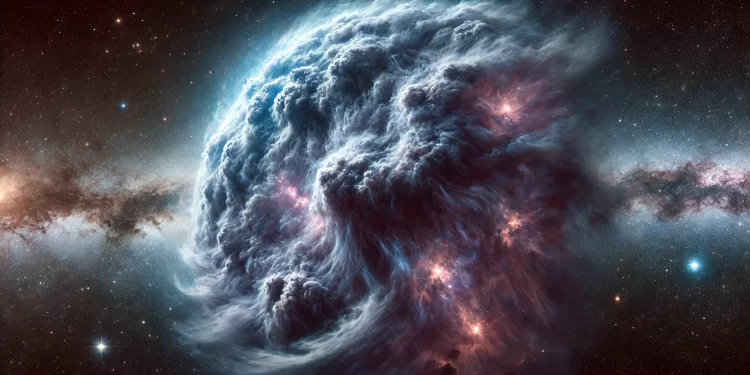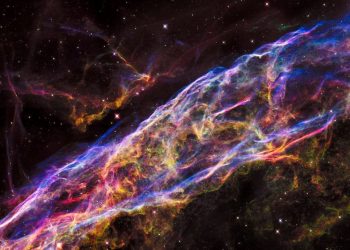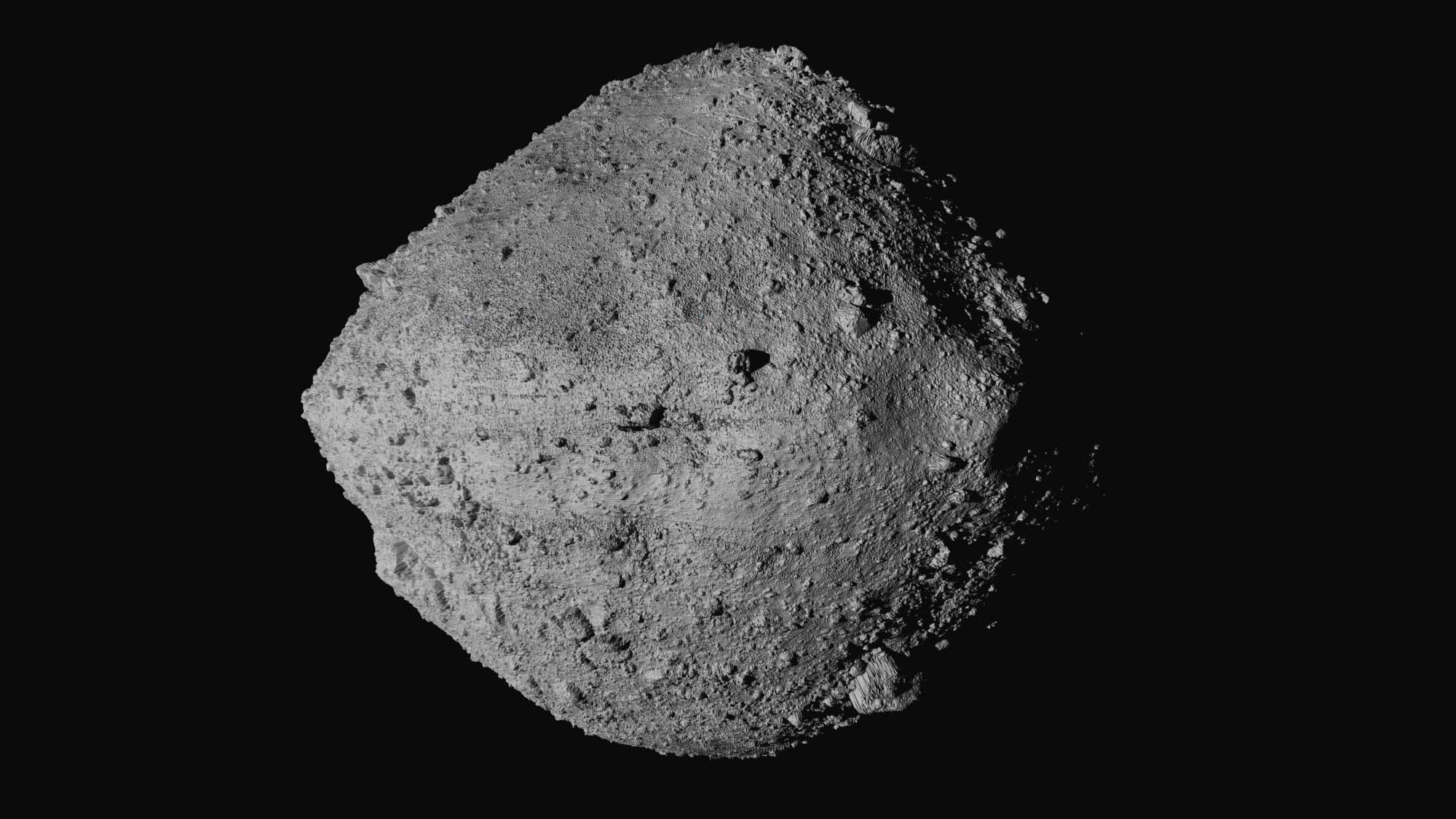Scientists have long been fascinated by how cosmic phenomena impact our planet. As revealed by Universe Today, a new study suggests that when Earth passed through dense interstellar clouds millions of years ago, the event might have significantly altered the planet’s climate. Specifically, these interactions may have contributed to a global ice age, driven by the appearance of rare noctilucent clouds in the atmosphere.
A Journey Through the Stars
The solar system, along with Earth, is constantly on a slow but vast journey around the Milky Way galaxy. Every 250 million years, our planet completes a full orbit around the galaxy’s center at a speed of nearly 828,000 kilometers per hour. Currently located in the Orion Arm, Earth’s journey through space brings it into contact with varying cosmic regions. Some of these areas are dense with clouds of gas and dust, known as interstellar clouds.
Interstellar clouds are enormous formations made mostly of hydrogen, with small amounts of helium and other heavier elements. These clouds play a critical role in the formation and life cycle of stars, as they provide the raw materials for new stars and planets to form.
When Earth Encountered Interstellar Clouds
A recent study, led by astronomer Jess A. Miller from Boston University, reveals that Earth and the entire solar system have passed through at least two dense interstellar clouds. These crossings occurred 2 million and 7 million years ago, respectively. The research suggests that these cosmic events compressed the heliosphere—the bubble-like region dominated by the solar wind—exposing Earth to the interstellar medium.
The solar wind, a stream of charged particles emitted by the Sun, typically protects the planets by deflecting harmful cosmic rays. However, when Earth passed through these dense interstellar clouds, the heliosphere likely shrank, allowing more interstellar material to interact with our atmosphere. The increased levels of hydrogen in the upper atmosphere would have been converted into water molecules, while ozone levels in the mesosphere would have dropped, leading to notable atmospheric changes.
Noctilucent Clouds and Global Cooling
One of the most intriguing consequences of these interactions would have been the formation of noctilucent clouds—rare, high-altitude clouds that glow faintly in the night sky. These clouds typically form at the edge of space in Earth’s mesosphere, and their appearance could signal significant atmospheric changes.
According to the study, the global appearance of noctilucent clouds may have blocked as much as 7% of sunlight from reaching Earth’s surface. This reduction in sunlight would have had a profound cooling effect, potentially plunging the planet into an ice age. The clouds, though temporary, could have set off a chain reaction of climate changes, including long-term global cooling.
A Cosmic Cause for Earth’s Ice Ages?
While ice ages are usually attributed to natural cycles such as Earth’s changing orbit or axial tilt, this research suggests that interactions with interstellar clouds could also play a role in global climate shifts. Similar studies in the past have hinted at these effects, but Miller’s team revisited the topic with advanced technology, offering fresh insights into how the universe around us may have shaped Earth’s past.
This study invites us to consider just how interconnected our planet is with the broader galaxy. While the stars and cosmic events may seem far removed from everyday life, their impacts can be felt on Earth in ways we are only beginning to understand. Could future encounters with interstellar clouds trigger similar climate events? Only time will tell, but this research opens up fascinating possibilities for how space and Earth’s climate are linked.
As scientists continue to explore the relationship between Earth and its cosmic environment, more studies are likely to follow. Understanding how interstellar clouds affect not only our climate but also the entire solar system could shed light on other mysteries of our galaxy’s evolution.











